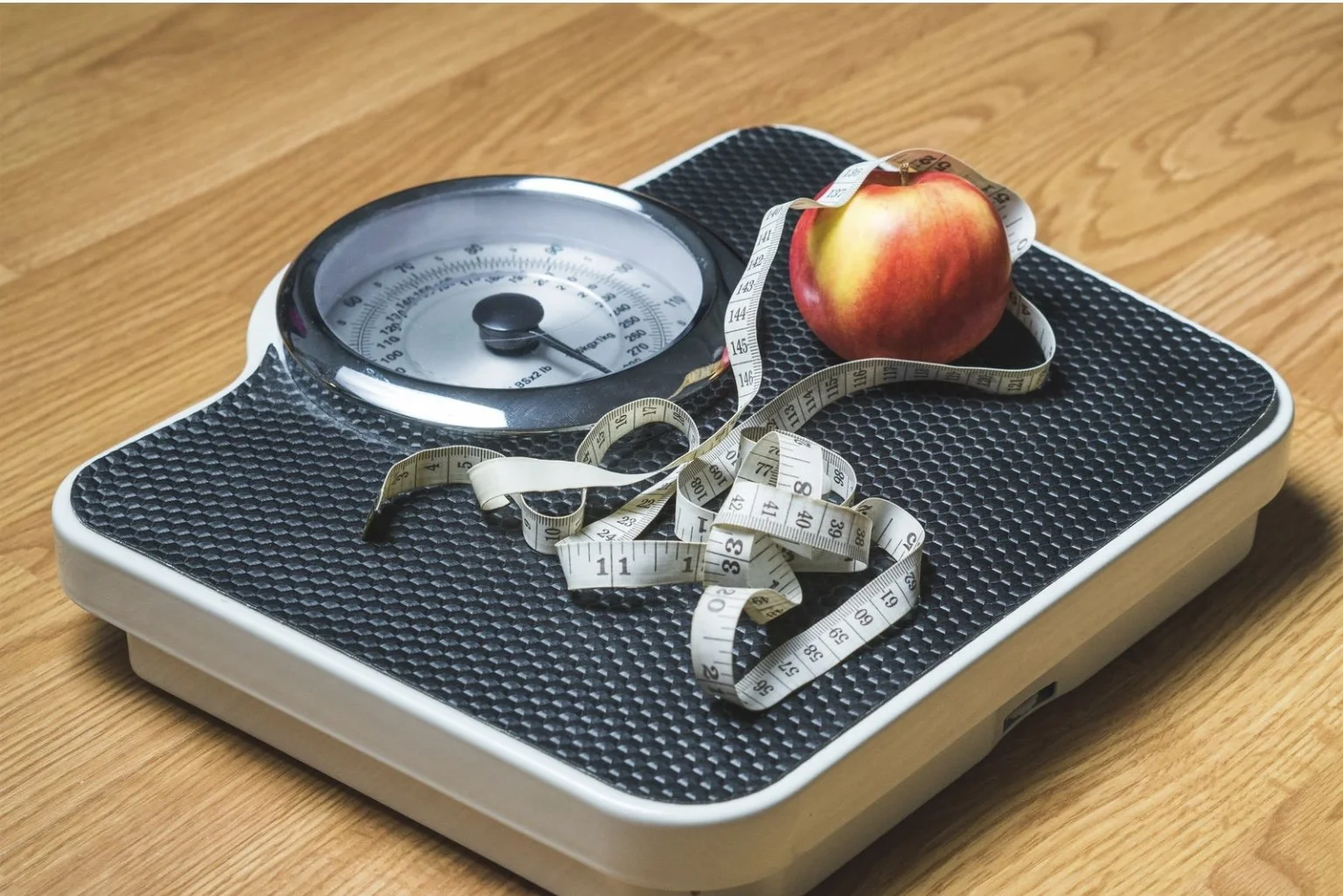
Debunking the Spot Reduction Myth: What Everyone Needs to Know About Fitness
In the realm of fitness and weight loss, there’s a persistent myth that continues to mislead many: spot reduction. This widely held belief suggests that by targeting specific areas of the body with exercise, such as doing crunches for the abs or leg lifts for the thighs, one can effectively reduce fat in those particular regions. However, the reality is far more complex, and understanding the truth behind spot reduction is crucial for anyone seeking to improve their fitness and reshape their body.
Spot reduction operates on the flawed premise that you can selectively burn fat from targeted areas through exercise alone. In truth, when you engage in physical activity, your body draws upon stored energy sources, including fat, from throughout the body to fuel your muscles. This means that while targeted exercises may strengthen and tone specific muscles, they do not necessarily lead to significant fat loss in those areas.
Genetics do play a significant role in determining where your body stores and loses fat. Some individuals may naturally carry more fat in certain areas, such as the abdomen or hips, while others may store fat differently. This genetic liability means that even with targeted exercises, you cannot control where your body loses fat.
Scientific research consistently debunks the concept of spot reduction. Numerous studies have found that performing exercises targeting specific areas, such as the abdomen or thighs, does not lead to significant fat loss in those regions. For example, a study published in the Journal of Strength and Conditioning Research found that participants who performed abdominal exercises for six weeks experienced no significant reduction in abdominal fat compared to those who did not perform the exercises.
So, if spot reduction isn’t the solution, what’s the most effective approach to achieving your fitness goals?
First and foremost, focus on creating a balanced and sustainable lifestyle that includes regular exercise and a healthy diet. Incorporate a mix of cardiovascular exercise, such as running, cycling, or swimming, with strength training exercises to improve overall fitness, build muscle, and boost metabolism.
Nutrition also plays a crucial role in weight loss and body composition. Aim to consume a variety of nutrient-dense foods, including fruits, vegetables, lean proteins, whole grains, and healthy fats. Pay attention to portion sizes and be mindful of your overall calorie intake to support your fitness goals.
In addition to exercise and nutrition, prioritize adequate rest and recovery. Your body requires time to repair and rebuild muscles after exercise, so be sure to incorporate rest days into your routine and aim for quality sleep each night.
Lastly, maintain a positive mindset and realistic expectations. Sustainable fitness results take time and consistency, so focus on progress rather than perfection. Celebrate your successes along the way and remember that building a healthy lifestyle is a journey, not a destination.
In conclusion, spot reduction is a fitness myth that can mislead many on their journey to better health. By focusing on overall fitness, adopting a balanced diet, prioritizing rest and recovery, and maintaining a positive mindset, you can achieve sustainable results and enjoy the many benefits of a healthy and active lifestyle.

Maximizing Your Strength: Understanding Lifting Percentages Correlated with Body Types
Fitness knows no age limit, understanding how lifting percentages correlate with our bodies becomes increasingly important for achieving optimal strength and muscle development. This often represents a period of peak physical capability and a time when individuals are focused on maintaining health and fitness for the long term. Let's explore how lifting percentages can be tailored to suit the needs of the individual.
Age and Training Considerations
As individuals progress through their twenties and into their thirties, they may notice changes in their body composition, metabolism, and recovery capabilities. While younger adults in their early twenties may have the advantage of faster recovery and potentially higher levels of natural athleticism, older adults in their late thirties may need to adjust their training approach to accommodate factors such as joint health, mobility, and recovery.
Strength Training
For adults, lifting percentages for strength training typically range from 75-85% of one-repetition maximum (1RM) for compound exercises such as squats, deadlifts, and bench presses. Lower rep ranges (4-6 reps) are often favored to maximize strength gains and neural adaptations.
Hypertrophy Training
For muscle hypertrophy, lifting percentages may range from 60-75% of 1RM, with moderate to high rep ranges (8-12 reps). This approach targets slow-twitch muscle fibers and promoting muscle growth and definition.
Fat Loss and Conditioning
Incorporating high-intensity interval training (HIIT) and metabolic conditioning workouts alongside strength training can help adults in this age range achieve fat loss goals. Utilizing lifting percentages that maintain an elevated heart rate and stimulate calorie expenditure is key for optimizing fat loss results.
Recovery and Injury Prevention
As adults age, prioritizing recovery becomes essential for maintaining training consistency and preventing injuries. Adequate rest, proper nutrition, hydration, and mobility work are crucial for supporting recovery and reducing the risk of overuse injuries.
Here are five actionable bullet points for individuals to incorporate into their strength training routine:
Calculate Your One-Repetition Maximum (1RM): Use online calculators or work with a fitness professional to determine your 1RM for key compound exercises like squats, deadlifts, and bench presses. Knowing your 1RM allows you to accurately determine the appropriate lifting percentages for your strength training program.
Implement Progressive Overload: Gradually increase the weight lifted over time to continually challenge your muscles and stimulate growth.Aim to add small increments of weight (2.5-5 lbs) to your lifts every 1-2 weeks to ensure steady progress.
Vary Rep Ranges and Lifting Percentages: Incorporate a mix of rep ranges and lifting percentages into your training program to target different muscle fibers and energy systems. Rotate between lower rep ranges (4-6 reps) at higher percentages (75-85% of 1RM) for strength gains and higher rep ranges (8-12 reps) at moderate percentages (60-75% of 1RM) for muscle hypertrophy.
Prioritize Recovery and Mobility: Schedule rest days into your training routine to allow for adequate recovery between workouts.Incorporate foam rolling, stretching, and mobility exercises to improve joint health and flexibility, reducing the risk of injury.
Track Your Progress and Adjust Accordingly: Keep a workout log to track your lifts, sets, and reps, as well as how you feel during each session. Regularly assess your progress and adjust your lifting percentages, rep ranges, and training volume based on your goals and performance improvements. By implementing these actionable steps into their strength training routine, individuals can optimize their workouts, minimize the risk of injury, and achieve their fitness goals effectively.

The Essential Guide to Effective Recovery from Lifting
The Importance of Recovery:
Recovery is where the magic happens. When you lift weights, you create micro-tears in your muscle. It’s during the recovery phase that these tears are repaired and your muscles grow bigger and stronger. Neglecting proper recovery can lead to overtraining, increased risk of injury, and plateauing in your progress.
Key Components of Effective Recovery:
1. Nutrition: Proper nutrition is important for recovery. After a lifting session, your muscles crave nutrients to repair and grow. Aim to consume a combination of protein and carbohydrates within 30 minutes to an hour post-workout to replenish glycogen stores and kickstart the muscle repair process.
2. Hydration: Hydration is often overlooked but plays a crucial role in recovery. Water is essential for nutrient transport, temperature regulation, and overall function. Make sure to drink plenty of water throughout the day, especially after a tough workout.
3. Sleep: Quality sleep is when your body does most of its repair and regeneration. Aim for 7-9 hours of uninterrupted sleep each night to maximize your recovery. Create a sleep-friendly environment by minimizing screen time before bed, keeping your room dark and cool, and establishing a consistent sleep schedule.
4. Active Recovery: Incorporating active recovery activities such as walking, swimming, or yoga can help improve blood flow, reduce muscle soreness, and enhance recovery between lifting sessions. Keep these sessions light and low-intensity to allow your muscles to recover without adding additional stress.
5. Mobility and Flexibility: Stretching and mobility work are essential for maintaining joint health and flexibility, both of which are crucial for injury prevention and optimal lifting performance. Incorporate dynamic stretches and foam rolling into your post-lifting routine to release tension and improve range of motion.
Practical Tips for Optimizing Recovery:
1. Listen to Your Body: Pay attention to how your body feels and adjust your training intensity and volume accordingly. If you’re feeling fatigued or sore, don’t be afraid to take a rest day or engage in lighter training.
2. Prioritize Rest Days: Rest days are just as important as training days. Schedule regular rest days into your training program to allow your body a lot of time to recover and adapt to the stress of lifting.
3. Manage Stress: High levels of stress can hinder recovery and negatively impact your lifting performance. Practice stress-reducing techniques such as deep breathing, meditation, or spending time in nature to promote relaxation and recovery.
4. Incorporate Recovery Modalities: Explore various recovery modalities such as ice baths, compression therapy, or massage to accelerate recovery and reduce muscle soreness. Experiment with different methods to find what works best for you.
In Conclusion, Recovery is the secret sauce that can take your lifting game to the next level. By prioritizing proper nutrition, hydration, sleep, and incorporating active recovery strategies, you can optimize your recovery process and ensure you’re making the most out of your time in the gym. Remember, progress isn’t just about pushing harder—it’s also about giving your body the time and resources it needs to recover and grow stronger.

The Art of Goal Setting: A Blueprint for Fitness Success
Why Set Goals?
Setting goals provides direction and purpose, helping you stay focused and committed to your fitness journey. Whether your aim is to lose weight, build muscle, improve endurance, or simply lead a healthier lifestyle, establishing clear objectives can make all the difference. Goals give you something to strive for, serving as benchmarks to measure progress and celebrate achievements along the way.
Here are five actionable points for individuals to incorporate into their fitness journey:
Define Specific Goals: Take the time to clearly define your fitness objectives, whether it's losing a certain amount of weight, completing a fitness challenge, or improving endurance. Specific goals provide direction and clarity, making it easier to create an action plan.
Break Goals into Smaller Tasks: Break down your overarching fitness goals into smaller, manageable tasks or milestones. This approach not only makes the goal seem more achievable but also allows for easier tracking of progress and provides opportunities for celebration along the way.
Create a Weekly Schedule: Plan your workouts and meals for the week ahead. Schedule specific times for exercise, meal prep, and self-care activities to ensure they become integral parts of your routine. Having a structured schedule helps prioritize fitness and reduces the likelihood of skipping workouts or opting for unhealthy food choices.
Find Accountability Partners: Share your goals with a friend, family member, or online community who can offer support, encouragement, and accountability. Whether it's checking in with a workout buddy, sharing progress updates on social media, or joining a fitness challenge group, having a support system can help keep you motivated and on track.
Track Progress: Keep track of your progress by recording workouts, meals, and other relevant data in a journal, app, or spreadsheet. Tracking allows you to monitor your journey, identify patterns, and make adjustments as needed. Celebrate achievements, no matter how small, and use setbacks as opportunities for learning and growth.
Staying Motivated
Even with well-defined goals and a solid plan in place, staying motivated can be challenging. Here are some tips to help you stay on track:
1. Find Your Why: Identify the reasons behind your fitness goals. Whether it’s improving your health, boosting confidence, setting a positive example for your children, or simply feeling better in your own skin, having a strong motivation can keep you going when the going gets tough.
2. Celebrate Progress: Don’t wait until you’ve reached your ultimate goal to celebrate. Acknowledge and celebrate small victories along the way, whether it’s hitting a new personal best at the gym, sticking to your meal plan for a week straight, or simply feeling more energized and confident.
3. Stay Accountable: Share your goals with a friend, family member, or workout buddy who can offer support and encouragement. Having someone to share your successes and setbacks with can help keep you motivated and accountable.
4. Mix it Up: Keep your workouts interesting and exciting by trying new activities, switching up your routine, or setting new challenges for yourself. Variety prevents boredom and helps you stay engaged and motivated.
5. Visualize Success: Take some time each day to visualize yourself achieving your goals. Picture yourself crossing the finish line of a race, fitting into your dream dress or shirt, or simply feeling strong, confident, and healthy. Visualizing success can help keep you focused and motivated, even when faced with obstacles.
6. Practice Self-Compassion: Be kind to yourself, especially on days when things don’t go as planned. Remember that setbacks are a natural part of the journey, and they don’t define your worth or your ability to succeed. Treat yourself with the same kindness and compassion you would extend to a friend facing similar challenges.
Conclusion
Setting and achieving fitness goals is a journey that requires dedication, perseverance, and a willingness to step outside your comfort zone. By following these strategies for effective goal setting and staying motivated, anyone can unlock their full potential and transform their fitness aspirations into reality. Remember, success is not always about reaching the destination but rather embracing the journey and the person you become along the way. So, set your goals, stay focused, and keep pushing forward. Your fitter, healthier self is waiting just around the corner.

Understanding Fasting: What you Need to Know!
What's the Deal with Fasting?
Fasting is basically when you choose not to eat for a certain period. It could be skipping breakfast or not eating for a whole day. People do it for different reasons, like trying to lose weight, improve their health, or even for religious purposes.
The Good Stuff about Fasting:
Feeling Sharp: Some folks say they feel super focused and clear-headed when they fast. It's like their brain gets a boost!
Healthy Habits: Fasting can help you learn when you're actually hungry and when you're just eating out of habit. It's like training your body to listen to its hunger signals.
The Not-So-Good Stuff:
Growing Pains: If you’re in your Teens, you are still growing, and fasting might mess with that growth process. It's like trying to build a house without all the necessary materials – not a good idea.
Missing Out on Good Stuff: When you fast, there's a risk of not getting all the important nutrients your body needs to stay healthy and strong. Think of it like missing out on key ingredients for a recipe – your body needs a bit of everything to work its best.
How to Do It Safely:
Talk to Someone: Before you jump into fasting, chat with a doctor or a nutrition expert (Aldair Marquez). They can help you figure out if it's a good idea for you and how to do it safely.
Eat the Good Stuff: When you do eat, make sure it's packed with good stuff – fruits, veggies, lean proteins, whole grains. Think of your body like a car – you want to fuel it with the best stuff to keep it running smoothly.
Take It Easy: Don't go too extreme with fasting. It's all about balance and finding what works for you. It's like riding a bike – you want to go at a pace that feels comfortable.
Bottom Line: Fasting can have its perks, but it's not a one-size-fits-all thing. It's important to approach it with caution and make sure you're still taking care of your growing body. If you're curious about fasting, talk to someone who knows their stuff and listen to what your body is telling you. Remember, you're in charge of your health journey – make choices that feel right for you.
Here are five actionable bullet points that you can implement on your own when considering fasting:
Start Slow: If you're new to fasting, begin with a gentle approach like time-restricted eating, where you limit your eating window to 4-8 hours each day. This allows your body to adjust gradually without feeling overwhelmed.
Hydrate: Stay hydrated during fasting periods by drinking plenty of water, herbal tea, or black coffee. Proper hydration can help curb hunger and support overall well-being.
Prioritize Nutrition: When you do eat, focus on nutrient-dense foods that provide essential vitamins and minerals. Incorporate plenty of fruits, vegetables, lean proteins, whole grains, and healthy fats into your meals to support your body's needs.
Listen to Your Body: Pay attention to how you feel during fasting periods and adjust your approach accordingly. If you're feeling overly fatigued or lightheaded, it may be a sign that you need to eat sooner or modify your fasting schedule.
Seek Support: If you're unsure about fasting or have concerns about its potential impact on your health, don't hesitate to reach out to a healthcare professional or registered dietitian (Aldair Marquez) for guidance. They can provide personalized advice and help you navigate fasting safely and effectively.
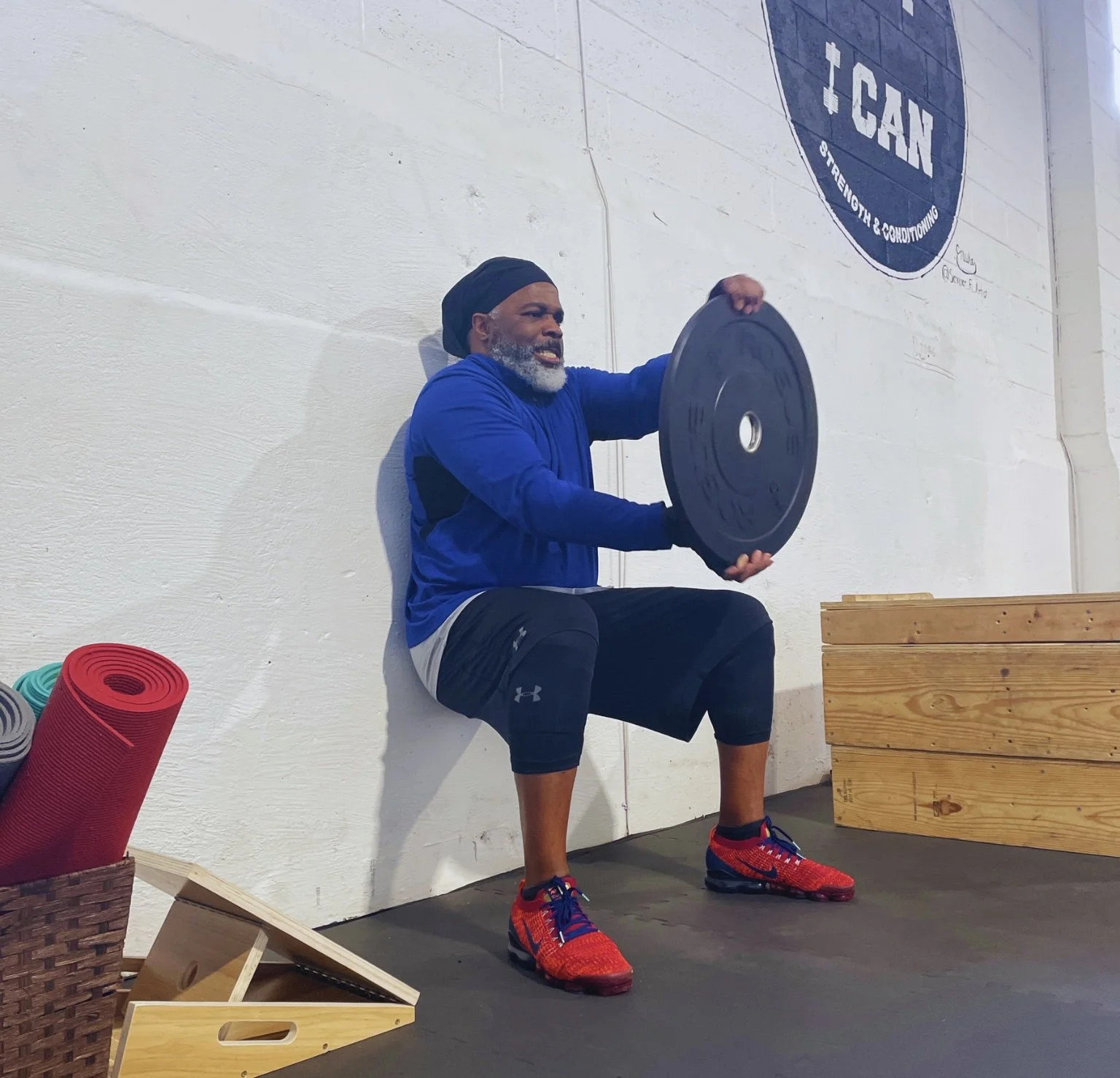
Nourishing Your Fitness Journey: The Universal Importance of Nutrition
Whether you're a seasoned gym-goer or just starting out on your fitness journey, one thing is clear: nutrition plays a crucial role in reaching your goals. Let's break down why what you eat is just as important as how you train.
Understanding Nutrition Basics:
Nutrition is the foundation of a healthy lifestyle, providing your body with the essential nutrients it needs to function optimally. From carbohydrates and proteins to fats, vitamins, and minerals, each nutrient plays a unique role in supporting overall health and fitness.
Why Nutrition Matters for Fitness:
Fueling Performance: Ever hit a wall during a workout? That could be due to inadequate fueling. Carbohydrates are your body's preferred source of energy, powering you through intense workouts and helping you push your limits.
Supporting Muscle Growth and Repair: Whether you're lifting weights or doing bodyweight exercises, protein is essential for muscle repair and growth. Consuming protein-rich foods post-workout helps rebuild muscle tissue and promote recovery.
Enhancing Recovery: Proper nutrition is essential for post-exercise recovery. Consuming a combination of carbohydrates and protein after workouts replenishes glycogen stores, reduces muscle soreness, and speeds up recovery time.
Managing Weight: Whether your goal is to lose weight, gain muscle, or maintain a healthy weight, nutrition plays a significant role. Eating a balanced diet rich in whole foods helps regulate appetite, control cravings, and support sustainable weight management.
Optimizing Overall Health: Nutrition isn't just about looking good – it's about feeling good too. A diet rich in fruits, vegetables, lean proteins, and healthy fats provides essential vitamins, minerals, and antioxidants that support immune function, heart health, and overall well-being.
Tips for Optimizing Nutrition for Fitness:
Prioritize Whole Foods: Fill your plate with nutrient-dense whole foods like fruits, vegetables, lean proteins, whole grains, and healthy fats. Opt for minimally processed foods whenever possible to maximize nutrient intake and support overall health.
Stay Hydrated: Drink plenty of water throughout the day, especially before, during, and after exercise.Monitor your hydration status by paying attention to thirst cues and the color of your urine.
Plan and Prepare Meals: Take time to plan and prepare nutritious meals and snacks ahead of time.Batch cook healthy staples like grains, proteins, and vegetables to have on hand for quick and convenient meals throughout the week.
Listen to Your Body: Pay attention to how different foods make you feel and adjust your diet accordingly.Experiment with different foods and meal timings to find what works best for your body and fitness goals.
Seek Professional Guidance: Consider consulting with a registered dietitian (Aldair Marquez) or nutritionist for personalized guidance and support. A professional can help you create a tailored nutrition plan that aligns with your specific fitness goals, dietary preferences, and lifestyle. 💪🥦 #FitnessNutrition #FuelYourBodyRight
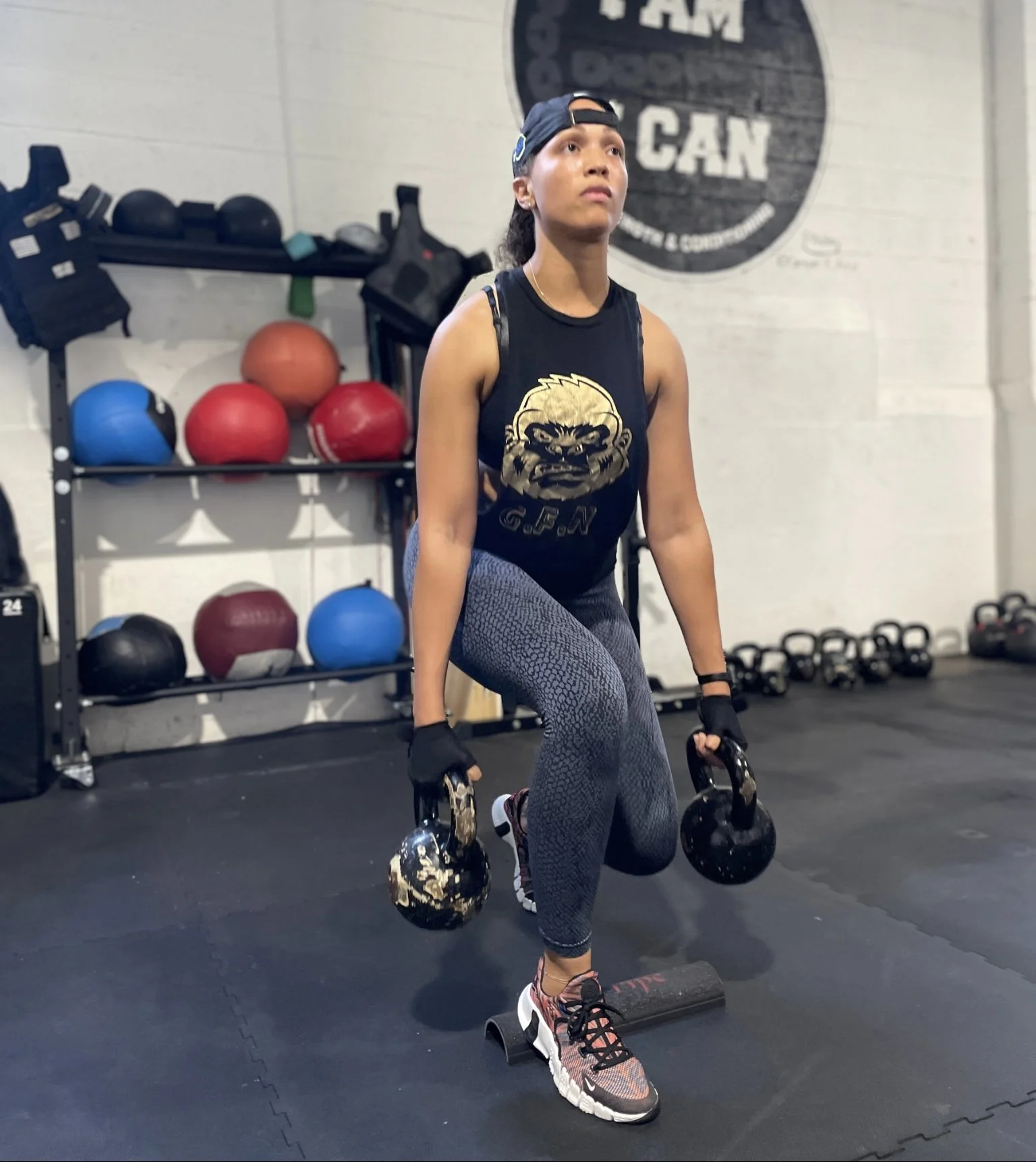
Maximizing Muscular Hypertrophy: A Comprehensive Guide to Building Lean Muscle
Hypertrophy, the process of muscle growth and enlargement, lies at the heart of strength training and bodybuilding. Whether you’re a seasoned athlete or a beginner looking to sculpt your physique, understanding the science and strategies behind hypertrophy can significantly enhance your training results. In this blog, we’ll dive into the details of hypertrophy, exploring key principles, training methodologies, and nutritional strategies to help you maximize muscle growth effectively.
What Makes Muscles Grow?
When you lift weights or do resistance exercises, like push-ups or squats, you’re actually causing tiny tears in your muscles. Sounds painful, but don’t worry, it’s totally normal! After you work out, your body gets busy repairing those tears, making your muscles bigger and stronger in the process. This whole process is called muscular hypertrophy (muscle growth).
How to Make It Happen
1. Start Slow: If you’re new to working out, don’t go crazy right away. Start with lighter weights and focus on getting your form right. It’s better to do fewer reps with good form than to lift heavy weights with bad form and risk getting hurt.
2. Mix It Up: Try different exercises to target different muscles. Include exercises like squats, lunges, push-ups, and pull-ups in your routine. Variety is the spice of life, and it keeps your muscles guessing!
3. Keep Pushing: As you get stronger, you’ll need to challenge yourself more to keep seeing progress. That means gradually increasing the weight you lift or doing more reps or sets. It’s all about pushing yourself a little harder each time.
4. Eat Right: Building muscle isn’t just about lifting weights; it’s also about eating the right foods. Make sure you’re getting plenty of protein, like chicken, fish, eggs, and beans, to help your muscles repair and grow.
5. Rest Up: Believe it or not, your muscles actually grow when you’re resting, not when you’re working out. So make sure you’re getting enough sleep and taking rest days between tough workouts. Your muscles will thank you!
Building muscle might seem complicated, but it’s actually pretty straightforward: lift weights, eat right, and get plenty of rest. Just remember to start slow, listen to your body, and be patient. Rome wasn’t built in a day, and neither are those biceps! With dedication and consistency, you’ll be well on your way to becoming a lean, mean, muscle machine. 🥹You got this!
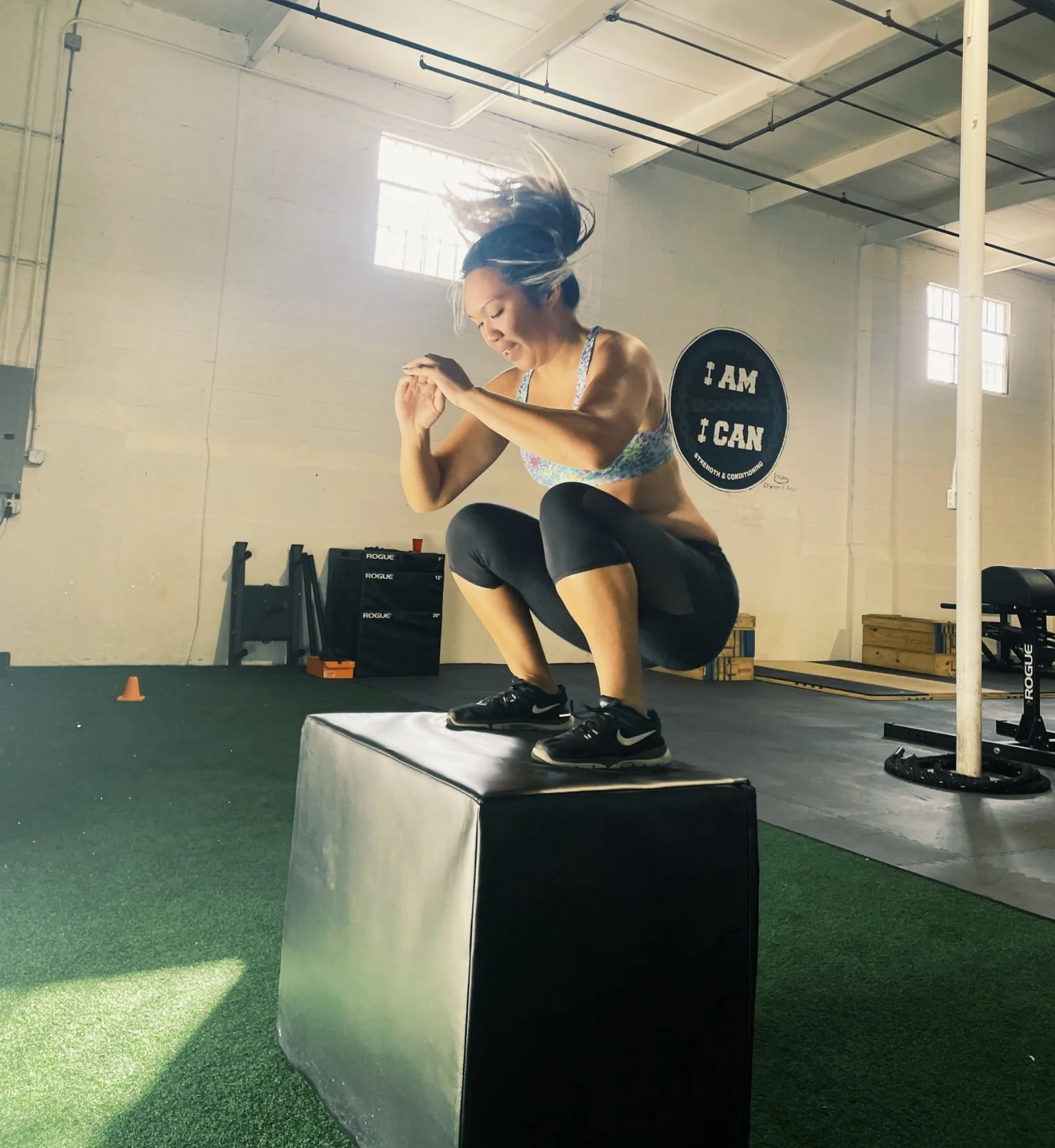
The Path to Fitness Mastery: Continual Learning and Growth
In the ever-evolving landscape of fitness and wellness, the journey towards mastery of fitness is not a destination but a continuous pursuit of knowledge and growth. As enthusiasts, trainers, or simply individuals seeking better health, staying updated on the latest research, trends, and best practices is paramount. It’s not just about following the latest fads; it’s about arming ourselves with valuable and relevant information to navigate the options for fitness presented to us and tailor them to our unique needs and goals.
Here are five actionable bullet points for incorporating continual learning and growth into your fitness journey:
• Follow credible sources: Seek out reputable websites, podcasts, and social media accounts run by fitness professionals, registered dietitians, and certified trainers for reliable information and tips.
• Experiment with different workouts: Try new activities like strength training, HIIT, yoga, or dance classes to keep your workouts exciting and challenge your body in new ways.
• Keep a fitness journal: Track your progress, workouts, and how you feel each day. This helps you identify what works best for you and stay motivated by seeing your improvements over time.
• Attend workshops and seminars: Look for local fitness events or online workshops hosted by experts in various fields of fitness and wellness. These can provide valuable insights and techniques to enhance your training routine.
• Stay curious and ask questions: Don’t be afraid to ask your trainers, instructors, or fellow fitness enthusiasts about exercises, nutrition, or any other aspect of fitness you’re curious about. Embracing a curious mindset will keep you engaged and eager to learn more.
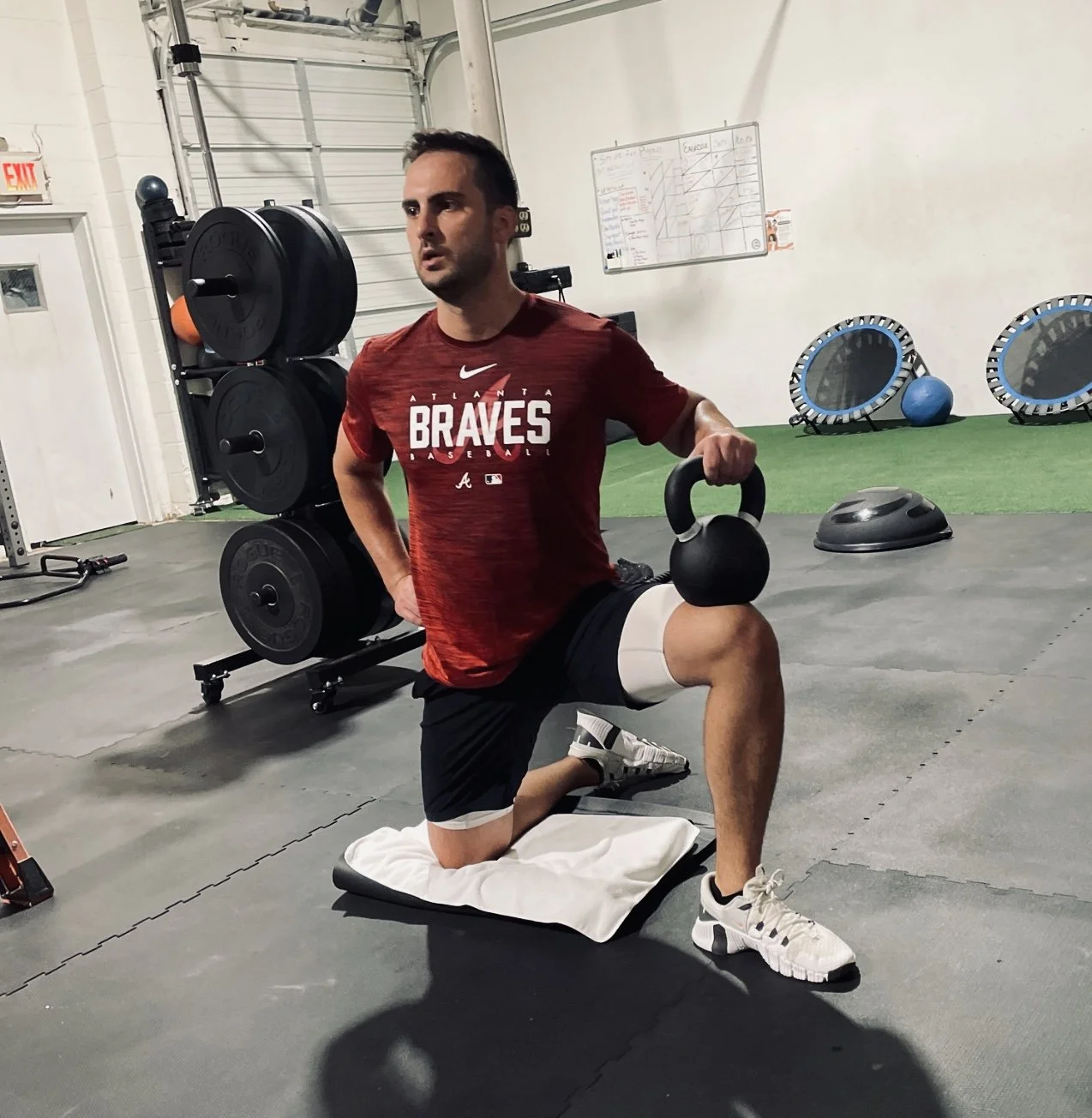
Empowering Your Fitness Journey: Taking Control with Confidence
In a world with conflicting information and fad diets, taking control of your health and fitness journey can feel overwhelming. However, amidst the noise, there lies a powerful truth: empowerment begins with knowledge, informed choices, and unwavering determination. By equipping yourself with the right tools and mindset, you can navigate the complexities of fitness with confidence and clarity, paving the way for lasting success and fulfillment.
Cracking the Fitness Code
Think of fitness like a game—the more you know, the better you play. Understanding the basics, like how nutrition fuels your body, why exercise is best for you, and the importance of recovery, sets you up for success. It’s like unlocking secret levels that boost your skills and abilities.
To get in the know, tap into reliable sources like fitness websites, books by experts, or chat with a coach. They’ll arm you with strategies and insights to crush your goals. Plus, experimenting with different workouts and nutrition plans is like trying out new characters in a game —it helps you find what works best for you.
Crafting Your Strategy
Now it’s time to craft your game plan. Making smart choices is like selecting the perfect loadout for a mission—it sets you up for victory. Whether it’s fueling your body with nutritious foods, hitting the gym for strength training, or prioritizing recovery with quality sleep, each decision moves you closer to your goals.
Setting clear, achievable objectives is key. Start with small, realistic goals and work your way up. Maybe it’s aiming to run a faster mile, increase your bench press weight, or simply feel more energized throughout the day. Tracking your progress and celebrating your wins keeps you motivated and focused.
Mastering Confidence and Resilience
Confidence and resilience are your ultimate power-ups. Believing in yourself and your ability to overcome challenges is like having a code that unlocks unlimited potential. You’re the power of your own story, and nothing can stand in your way when you’re determined to succeed.
But hey, even the toughest individuals face setbacks sometimes. That’s where resilience comes in. Instead of getting discouraged, see setbacks as opportunities to learn and grow. Adjust your strategy, stay focused on your goals, and keep pushing forward. You’ve got what it takes to conquer any obstacle that comes your way.
So, seize control of your fitness journey with knowledge, smart choices, and unwavering confidence. With every decision you make and every challenge you overcome, you’re leveling up and becoming the best version of yourself. Get out there and dominate—you’ve got this!
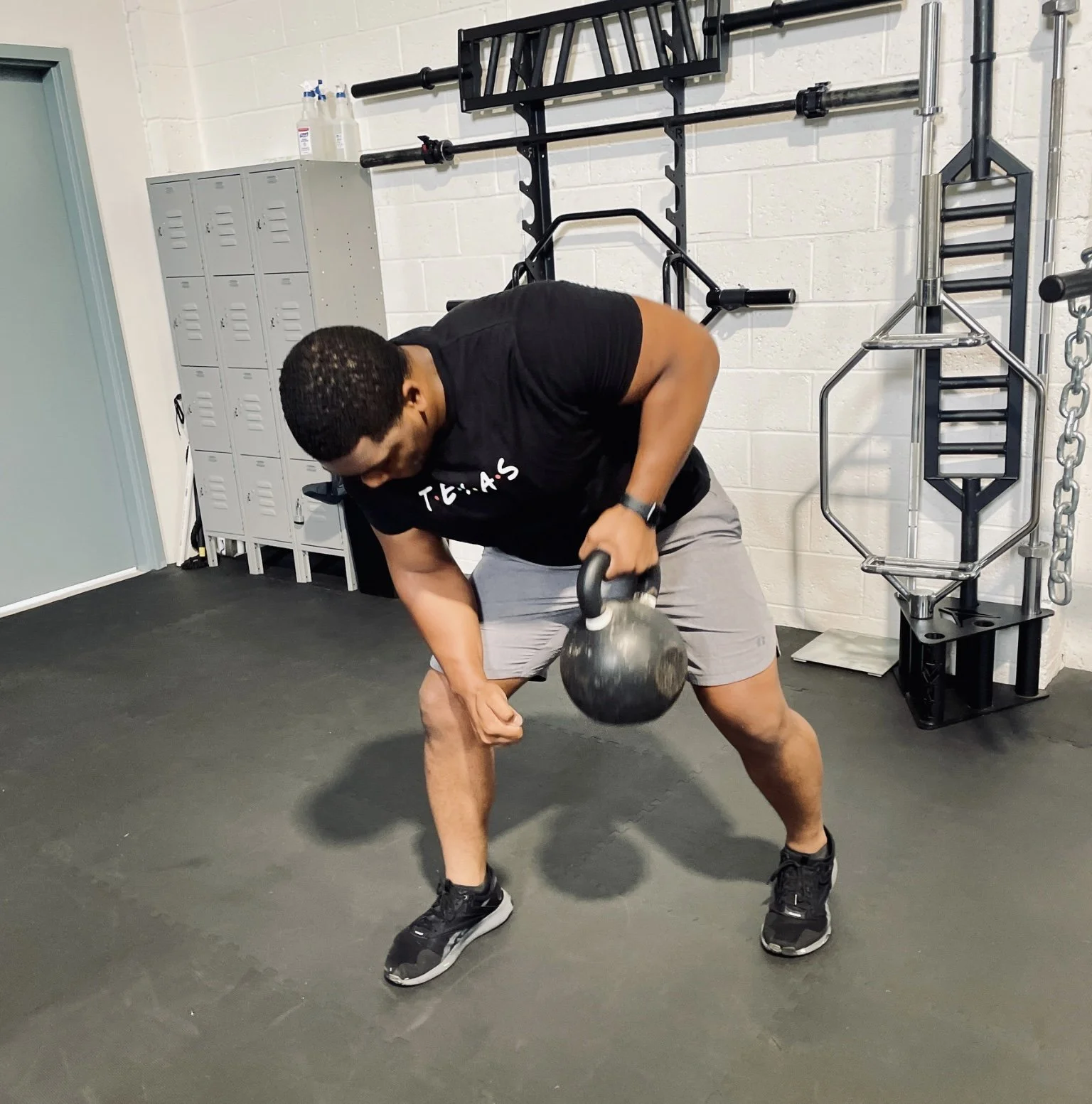
Building a Strong and Happy Life: Simple Steps for Long-Term Health and Happiness
Hey beautiful people! Today’s blog is about how we can stay healthy and happy for a long time. You know those days when you feel like you can conquer the world? That's what we're aiming for – feeling awesome inside and out, every single day. And guess what? It's all about doing simple things that make us feel good, like eating great foods, playing, and getting cozy sleep.
So, here are five actionable points that can help us stay healthy and happy each day :
Eat a variety of colorful fruits and vegetables every day to provide your body with essential vitamins and minerals.
Engage in at least 30 minutes-1hour of physical activity each day, whether it's playing outdoors, dancing, or participating in sports.
Practice mindfulness techniques such as deep breathing exercises, yoga, or positive visualization to reduce stress and promote mental well-being.
Establish a consistent sleep schedule and create a relaxing bedtime routine to ensure restful and rejuvenating sleep each night.
Make time to connect with friends and family regularly, whether it's through phone calls, video chats, or spending quality time together in person.

